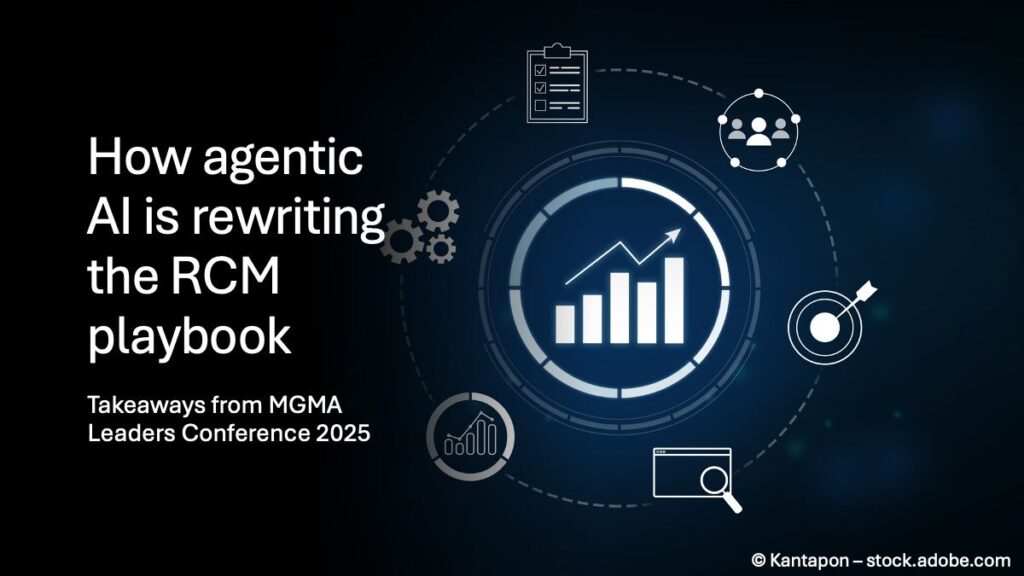In today’s fast-paced business environment, many small and mid-size organizations are turning to AI-powered automation to improve efficiency and reduce operational costs. Implementing such a solution requires careful planning and execution. This guide outlines a step-by-step process for designing, deploying, and monitoring AI-powered automation that even a non-developer operations manager can follow.
To begin, it’s essential to define the business need clearly. Identify a specific task or process that is repetitive and time-consuming. For example, if your organization deals with customer inquiries, automating response generation could be a suitable focus. Be sure to gather input from team members to understand pain points and expectations.
Next, set prerequisites for the project. Determine the existing technology infrastructure and assess whether it can support AI automation. You should have a database or a repository of customer inquiries, a suitable AI model that can process this data, and appropriate software to connect these components. Identify stakeholders who will be involved throughout the implementation process.
Once prerequisites are checked, begin the configuration stage. Choose an AI platform that aligns with your needs. Various vendors offer platforms with varying capabilities, so consider functionality, scalability, and ease of integration. During this phase, configure your AI model to recognize customer queries. This involves training the model using historical data to enhance its understanding of the types of inquiries you receive. Use labeled examples to help the model learn effectively. For instance, if an inquiry is about account status, label it clearly, and utilize various examples to cover different scenarios.
Following the configuration, it’s time for testing. Implement the automated system in a controlled environment, ensuring testing mimics real-world usage as closely as possible. Observe how the AI responds to various customer inquiries and make adjustments as necessary. If the AI generates responses that are off-target, revisit the training data and tweak parameters. Track metrics like response accuracy and response time, paying attention to user satisfaction.
Once you’re satisfied with the performance, move on to deployment. Deploy the AI-powered automation in the live environment. Monitor its performance closely during the initial launch phase. This can involve tracking key performance indicators (KPIs) relevant to the task automated. For instance, regarding customer inquiries, monitor response accuracy, frequency of inquiries, and customer satisfaction scores.
Monitoring is vital to ensure ongoing effectiveness. Set up dashboards or alerts to provide insights into the automation’s performance. Regularly review these metrics to identify any degradation in system performance or anomalies that require troubleshooting. Document issues as they arise to build a knowledge base for resolving them efficiently in the future.
Error handling is an integral aspect of maintaining your AI automation. Set up a system for managing errors gracefully. Decide how the automation will handle situations it doesn’t understand—whether by escalating to a human operator, providing an error message, or attempting to reprocess the inquiry. For example, if a query is too complex for the AI, it should be routed to a human to ensure customer inquiries are addressed promptly and accurately.
As with any technology solution, cost control is crucial. Monitor expenses related to the AI system, such as licensing fees, processing costs, and maintenance. Regularly assess whether the benefits gained from the automation justify the costs incurred. Creating a simple monthly or quarterly report can help visualize ROI and pinpoint areas needing financial adjustment.
In considering security and data privacy, it’s imperative to establish protocols that safeguard customer information. Align your AI automation with relevant compliance regulations, such as GDPR or HIPAA, depending on your industry. Ensure that any personal data processed is encrypted and limited to the minimum necessary for operation. Furthermore, establish data retention policies to determine how long data will be stored and when it will be purged.
Vendor lock-in is another potential concern. When selecting your AI solution, choose a platform that allows for data portability and integration with other systems. Ensure that you can transition to another vendor without incurring severe costs or losing historical data. Negotiating contract terms upfront can help mitigate this risk.
Lastly, estimating the ROI of your AI-powered automation necessitates careful analysis. Review metrics such as increased efficiency, reduced labor costs, and improved customer satisfaction scores against the initial investment. A structured approach can help assess whether the automation meets its business objectives and improves operational outcomes.
FlowMind AI Insight: Implementing AI-powered automation does not have to be a daunting prospect for small or mid-size businesses. By following a meticulous approach—focusing on prerequisites, configuration, testing, deployment, monitoring, error handling, costs, security, and vendor relationships—organizations can streamline operations and achieve notable efficiencies while ensuring compliance and data privacy. With thoughtful execution and continuous assessment, the potential for ROI can be significant, paving the way for growth and innovation.
Original article: Read here
2025-09-30 13:38:00

